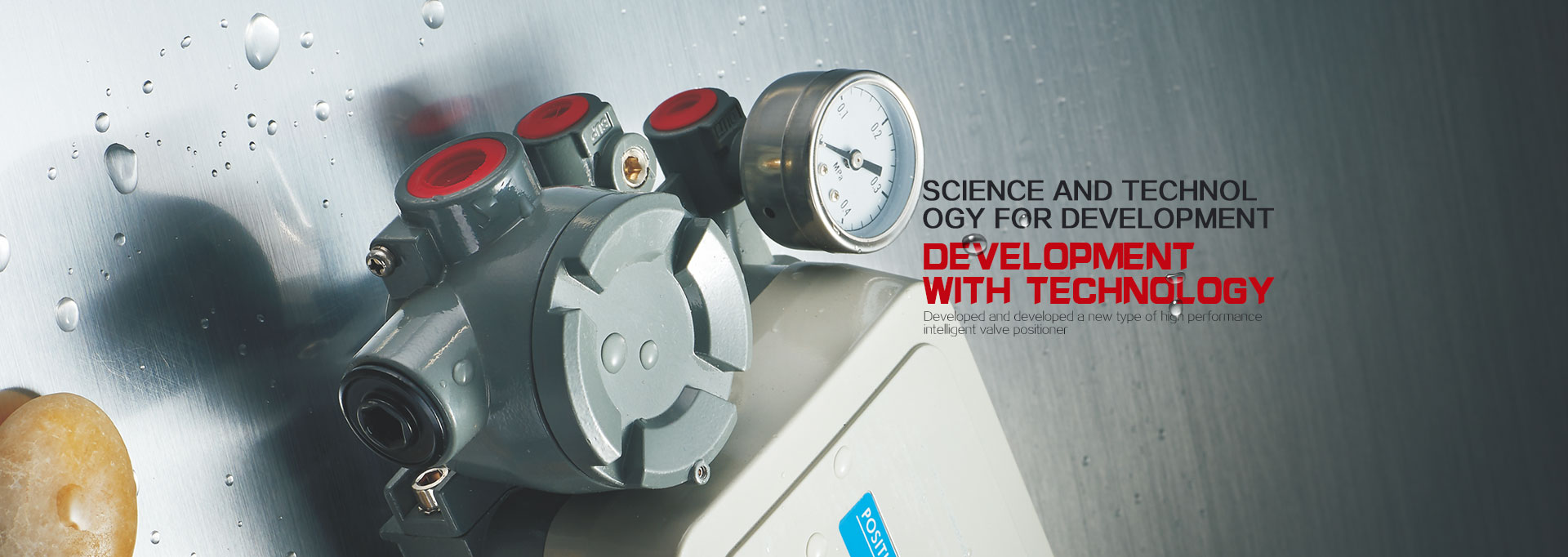Control valve stuck or blocked treatment method
bonnet, resulting in strain and scratches on the curved surface of the valve core,
Cleaning method
Welding slag, rust, slag, etc. in the pipeline cause blockage or jam in the throttle, guide part, and balance hole of the lower bonnet, resulting in scratches and scratches on the curved surface of the valve core, guide surface, and indentation on the sealing surface Wait. This often occurs with new commissioning systems and in the early stages of commissioning after major repairs. This is the most common failure. In this case, it must be disassembled for cleaning to remove the slag. If the sealing surface is damaged, it should be ground. At the same time, the bottom plug should be opened to flush out the slag that fell into the lower valve cover from the balance hole, and the pipeline should be cleaned. Rinse. Before putting into operation, let the fluorine-lined regulating valve fully open, and the medium will flow for a period of time before it is brought into normal operation.
External scour method
When using ordinary valves to adjust some media that are easy to precipitate and contain solid particles, they are often blocked at the throttling port and guide, and the flushing gas and steam can be connected to the bottom plug of the lower valve cover. When the valve is blocked or stuck, open the external gas or steam valve to complete the flushing work without moving the fluorine-lined regulating valve, so that the valve can operate normally.
Install the pipe filter method
For small-diameter fluorine-lined control valves, especially ultra-small flow fluorine-lined control valves, the throttling gap is extremely small, and there should be no slag in the medium. In case of blockage, it is best to install a filter on the pipeline in front of the valve to ensure the smooth passage of the medium. For the fluorine-lined regulating valve used with the positioner, the positioner does not work properly, and the blockage of the gas path orifice is the most common fault. Therefore, when working with a positioner, the air source must be handled properly. The usual method is to install an air filter pressure reducing valve on the air source pipeline in front of the positioner.
Increase the throttle gap method
For example, the solid particles in the medium or the welding slag and rust that have been washed away in the pipeline cause blockage or jamming due to the failure to pass through the throttling port. The throttling part with a large throttling gap can be used instead. The throttling area is open. The valve cores and sleeves of windows and openings, because the throttling area is concentrated instead of circumferentially distributed, the fault can be easily eliminated. If it is a single or double seat valve, the plunger valve core can be changed to a "V" shaped valve core, or a sleeve valve, etc. For example, a double-seat valve in a chemical plant is often stuck. After recommending to use a sleeve valve, the problem is solved immediately.
Media flushing
Utilize the scouring energy of the medium itself to scour and take away the things that are easy to precipitate and block, thereby improving the anti-blocking function of the valve. The common methods are: ① change to flow-closed type; ② use streamlined valve body; ③ place the throttle port at the most severe erosion point, and pay attention to improving the erosion resistance of the throttling material when using this method.
Straight through to angle method
The straight-through is inverted S flow, the flow path is complicated, and the upper and lower chambers have many dead zones, which provide a place for the sedimentation of the medium. Angular connection, the medium seems to flow through the 90 ℃ elbow, the scouring performance is good, the dead zone is small, and it is easy to be designed into a streamline shape. Therefore, when the straight-through fluorine-lined regulating valve is slightly blocked, it can be changed to an angle valve.







